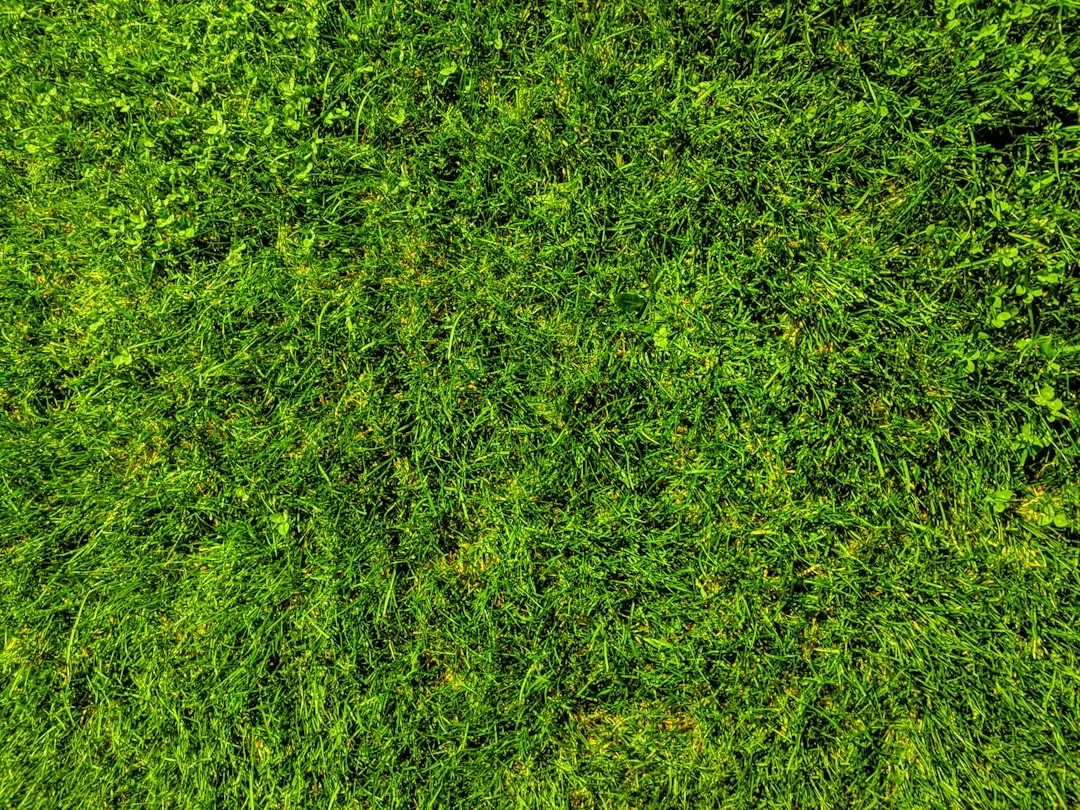The Art of Pea Harvesting

Edible gardening is a rewarding endeavor, and among the many vegetables you can grow, peas hold a special place. Knowing how and when to harvest peas is crucial for a bountiful and delicious yield. Different types of peas have distinct harvesting requirements, and in this article, we'll explore the ins and outs of pea harvesting, ensuring you get the most out of your pea plants.
There are several types of peas commonly grown in edible gardens, including shelling peas, snap peas, and snow peas. Each type has its own unique characteristics and optimal harvesting times.
Shelling Peas
Shelling peas, also known as garden peas, are grown for their sweet and tender peas inside the pods. These peas are typically harvested when the pods are plump and the peas inside have reached their full size but are still tender. To determine if shelling peas are ready for harvest, gently squeeze a pod. If the peas inside feel firm and round, it's a good indication that they're ready to be picked.
The best time to harvest shelling peas is usually about 60 to 70 days after planting, depending on the variety. It's important to harvest them regularly, as leaving the pods on the plant for too long can cause the peas to become starchy and lose their sweetness. When harvesting shelling peas, hold the vine with one hand and gently pull the pod off with the other. Be careful not to damage the vine, as this can affect the plant's ability to produce more pods.
Snap Peas
Snap peas are a popular choice for edible gardens because they can be eaten whole, pods and all. These peas are harvested when the pods are crisp and the peas inside are small and tender. Unlike shelling peas, snap peas are best harvested before the peas inside fully mature.
To check if snap peas are ready for harvest, look for pods that are bright green, plump, and about 2 to 3 inches long. You can also gently bend a pod; if it snaps easily, it's a sign that it's ready to be picked. Snap peas are usually ready to harvest about 55 to 65 days after planting. When harvesting snap peas, hold the vine firmly and snap the pods off at the stem. Avoid pulling on the pods, as this can damage the plant.
Snow Peas
Snow peas are another type of pea that can be eaten whole. These peas are harvested when the pods are flat and the peas inside are very small. Snow peas are often used in stir-fries and other Asian dishes because of their delicate flavor and crunchy texture.
To determine if snow peas are ready for harvest, look for pods that are light green, flat, and about 2 to 3 inches long. The pods should be tender and easy to snap. Snow peas are typically ready to harvest about 50 to 60 days after planting. When harvesting snow peas, hold the vine with one hand and use the other hand to gently pull the pods off at the stem. Be careful not to damage the vine or the other pods.
Tips for Harvesting Peas Without Damaging the Plant
Harvesting peas without damaging the plant is essential for ensuring a continuous supply of fresh peas throughout the growing season. Here are some tips to help you harvest peas safely and effectively:
- Use sharp scissors or pruning shears to cut the pods off the vine. This will help prevent damage to the plant and make the harvesting process easier.
- Harvest peas in the morning when the pods are cool and crisp. This will help preserve their flavor and texture.
- Be gentle when handling the pods and the vine. Avoid pulling or tugging on the pods, as this can damage the plant and reduce its productivity.
- Harvest peas regularly to encourage the plant to produce more pods. Leaving mature pods on the plant can signal the plant to stop producing, so it's important to stay on top of the harvest.
- After harvesting, store the peas in the refrigerator to keep them fresh. Shelling peas can be stored in the refrigerator for up to a week, while snap peas and snow peas can be stored for up to three days.
In conclusion, harvesting peas is a simple but important part of edible gardening. By understanding the different types of peas and their optimal harvesting times, you can ensure a delicious and successful harvest. Remember to handle the plants gently, harvest regularly, and store the peas properly to enjoy the fruits of your labor for weeks to come.